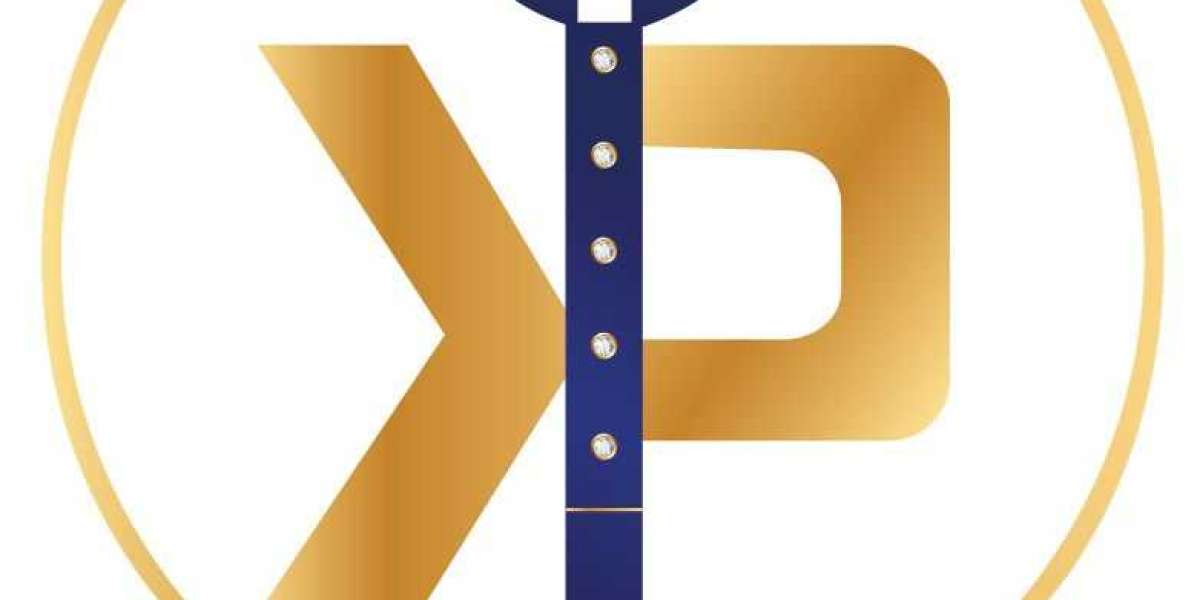The global waterjet cutting machines market size has seen substantial growth over the past few years. As of 2023, the market size reached USD 1.30 billion and is projected to grow at a CAGR of 6.30% from 2024 to 2032, potentially reaching USD 2.25 billion by 2032. This growth is driven by increasing demand for precision cutting solutions across various industries, from automotive to aerospace and electronics. This article explores the market outlook, drivers, challenges, and key trends influencing the waterjet cutting machines market, along with insights into recent developments and major players shaping the industry.
Market Outlook
Waterjet cutting machines, which use a high-pressure jet of water or a mixture of water and abrasives, provide precise cutting solutions for a wide variety of materials, including metals, glass, ceramics, and composites. Their versatility and ability to make clean cuts without generating heat make them ideal for industries requiring high precision. As global manufacturing processes advance and demand for precise cutting grows, the waterjet cutting machines market is set for a promising growth trajectory.
Report Overview
This report offers an in-depth analysis of the waterjet cutting machines market, covering its current size, projected growth, key drivers, market segmentation, and major challenges. Furthermore, the report provides insights into recent developments and emerging trends that are likely to shape the industry landscape over the forecast period.
Market Size
The market value of waterjet cutting machines reached USD 1.30 billion in 2023 and is anticipated to grow steadily, reaching approximately USD 2.25 billion by 2032. This growth is largely attributed to the increasing adoption of waterjet cutting technology in industries that require precise, cold-cutting capabilities, along with a shift toward automated cutting solutions.
Market Dynamics
Market Drivers
Rising Demand in the Automotive and Aerospace Sectors: Waterjet cutting machines provide high-precision cutting for materials used in automotive and aerospace manufacturing, such as metals and composites. With both sectors seeing growth globally, demand for these machines has surged.
Advantages of Cold Cutting: Waterjet cutting is a cold process, meaning it does not generate heat during cutting. This prevents warping or alteration of materials’ properties, making it highly desirable for industries like electronics and aerospace.
Technological Advancements: Advancements in waterjet cutting technology, including CNC-based solutions and high-pressure pumps, have increased machine efficiency and precision, making them suitable for a broader range of applications.
Focus on Eco-Friendly Solutions: Waterjet cutting produces minimal waste compared to other cutting technologies, such as laser and plasma cutting. As industries prioritize eco-friendly manufacturing processes, waterjet cutting machines are becoming increasingly popular.
Key Market Challenges
High Initial Investment and Maintenance Costs: Waterjet cutting machines are relatively expensive, and maintenance costs can also be high due to their complex components. These costs may deter smaller manufacturers from adopting this technology.
Availability of Alternative Cutting Technologies: Laser and plasma cutting technologies offer certain advantages over waterjet cutting, such as faster speeds for thin materials. The presence of these alternatives can limit the growth of the waterjet cutting machines market.
Segmentation
The global waterjet cutting machines market can be segmented based on:
Type:
- Pure Waterjet Cutting Machines: Used for soft materials like rubber, paper, and food.
- Abrasive Waterjet Cutting Machines: Suitable for cutting hard materials, such as metals, stones, and ceramics.
Application:
- Automotive: For cutting materials used in car manufacturing, including metals and plastics.
- Aerospace and Defense: For precision cutting of components and materials that need to maintain specific properties.
- Electronics: For cutting delicate and heat-sensitive materials.
- Construction: For cutting stones, tiles, and other building materials.
- Others: Includes medical, food, and textile industries.
Region:
- North America
- Europe
- Asia-Pacific
- Latin America
- Middle East and Africa
Recent Developments
The waterjet cutting machines market has witnessed several advancements, such as the development of high-pressure pumps that enable faster and more precise cutting. Many manufacturers are now offering CNC-integrated waterjet cutting solutions that provide automated and remote operation, enhancing productivity and reducing errors. The increased use of robotic waterjet cutting solutions in automotive manufacturing is also noteworthy, as it enables higher precision and consistency.
Component Insights
Pure Waterjet vs. Abrasive Waterjet Cutting Machines
Pure waterjet cutting machines are primarily used for soft materials like rubber and textiles, whereas abrasive waterjet cutting machines are more versatile and can cut hard materials such as metals and ceramics. Abrasive waterjet cutting is the most popular type due to its wide range of applications across diverse industries.
Application Insights
The automotive and aerospace sectors are the largest consumers of waterjet cutting machines, primarily due to the need for precise and clean cuts in materials that are sensitive to heat. In the electronics industry, waterjet cutting is ideal for cutting delicate components that require exact specifications without thermal deformation.
Regional Insights
North America: North America holds a significant share in the waterjet cutting machines market due to its strong industrial base, particularly in the automotive and aerospace sectors.
Europe: Europe has a mature market for waterjet cutting machines, with Germany, the UK, and France leading due to their advanced manufacturing industries.
Asia-Pacific: Asia-Pacific is expected to see the fastest growth, driven by the expansion of manufacturing industries in China, India, and Japan, where waterjet technology is being increasingly adopted.
Key Players
Key players in the global waterjet cutting machines market include:
- OMAX Corporation
- Flow International Corporation
- Hypertherm, Inc.
- Koike Aronson, Inc.
- Jekran Ltd.
- Jet Edge Inc.
These companies are investing in RD, expanding product portfolios, and adopting advanced technology to enhance precision and efficiency.
Market Trends
The market is seeing a shift towards automation and CNC-integrated waterjet solutions, allowing companies to improve productivity and reduce human error. Additionally, there is a rising demand for robotic waterjet cutting in automotive manufacturing. Environmental considerations are also shaping the industry, with manufacturers emphasizing sustainable practices.
FAQs
What is the projected growth rate of the waterjet cutting machines market?
The market is expected to grow at a CAGR of 6.30% between 2024 and 2032.
Why is waterjet cutting preferred over other cutting methods?
Waterjet cutting is a cold-cutting process, minimizing heat-induced material warping and producing precise cuts suitable for sensitive materials.
Which regions are expected to see significant growth?
Asia-Pacific is projected to experience the highest growth, driven by rapid industrial expansion.
What are the primary challenges in the market?
High initial investment and maintenance costs, as well as the availability of alternative cutting technologies, are major challenges.
What industries are the largest consumers of waterjet cutting machines?
Automotive, aerospace, and electronics are among the largest consumers.
How is technology impacting the waterjet cutting market?
Technological advancements, such as CNC integration and high-pressure pumps, are improving the precision, efficiency, and usability of waterjet cutting machines.








